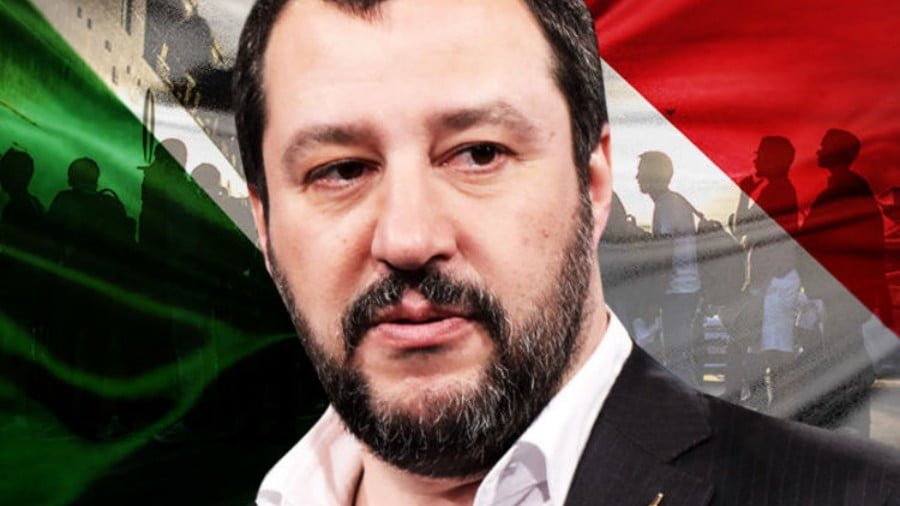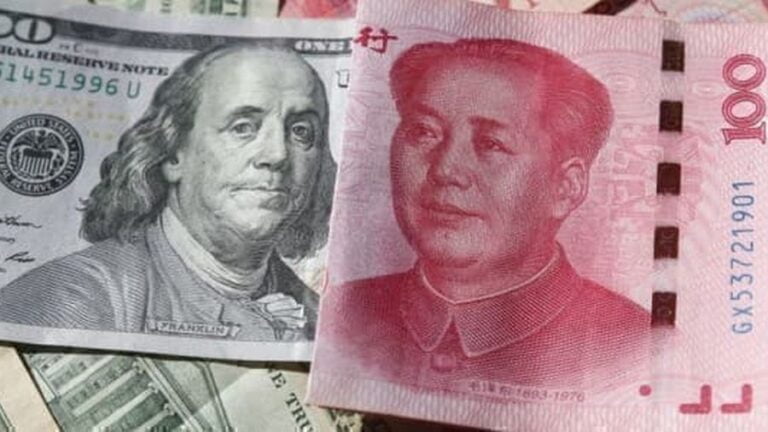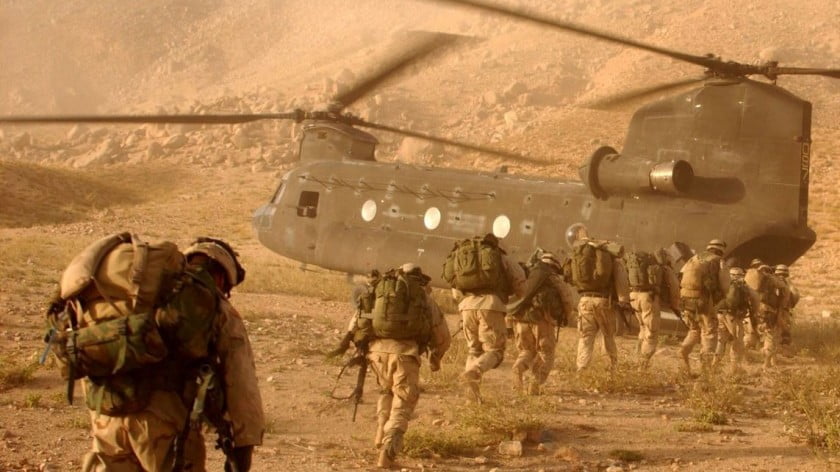Heads, Saudi Loses. Tails, Iran Wins
However many twists and turns the crisis of Sunni leadership takes, one regional power always seems to come out on top. That country is Iran.
Iran’s threat to intervene militarily was one of the factors that thwarted Saudi Arabia’s plans to invade Qatar at the very start of the blockade. I understand from informed sources that Iran proved to be a more important deterrent when Riyadh was contemplating sending tanks over the border than the token presence of Turkish troops in Doha.
The result? After what was declared to be “a good Hajj” for the 86,000 Iranian pilgrims that took part, a Saudi delegation will travel to Tehran to “visit the buildings” of the Saudi embassy abandoned two years ago when the countries broke off relations.
Furthermore, after a series of visits, Saudi is rebuilding its relations with Baghdad and Iraqi Interior Minister Qasim al-Araji has offered his services as a mediator. Al-Araji is a senior member of Badr organisation who is close to Qassim Suleimani, the commander of the Quds force of the IRGC who became the Napoleon of Iranian military intervention in Syria and Iraq.
It takes an instrument akin to a seismometer to monitor the sudden shifts and lurches in Saudi foreign policy.
On one end, Saudi Crown Prince Mohammed bin Salman has threatened to wage war inside Iran. He said in May that Tehran’s ultimate aim was to wrest control of the holy sites.
It takes an instrument akin to a seismometer to monitor the sudden shifts and lurches in Saudi foreign policy
“We won’t wait for the battle to be in Saudi Arabia,” he said, without elaborating on policies. “Instead, we will work so that the battle is for them in Iran, not in Saudi Arabia.”
On the other end, he tells two retired US diplomats in Washington that he wants out of Yemen and is relaxed about US dialogue with Iran.
The enemy of the Saudi kingdom is constantly changing shape and form. Under King Abdullah, it was the Arab Spring and political Islam. Under King Salman, the enemy was first Iran and then Qatar. At the time of writing, there is no more urgent task for the Saudis than to suborn and control its unruly neighbour. By the time of publication, this may have changed once again.
Of course, there are reasons for these shifts. To be a Saudi military planner is to endure a series of military and strategic defeats. Saudi and Qatari-backed rebels have lost in Syria and they have been abandoned by Riyadh. The two-year campaign against the Houthis has become a military disaster. The siege of Qatar is another losing bet.
Supporters of the 32-year-old Saudi crown prince and defence minister have described him as a pragmatist. Another way of describing each U-turn that he makes is the realisation that he should not have pulled the trigger in the first place. An activist foreign policy only works if the action achieves its intended goals. Otherwise it goes by other names.
Nonetheless, it takes some experience to profit from these mistakes, and Iran has this in abundance. It is not so much profiting from these mistakes of its neighbours as much as running rings around them.
How did Iran achieve the position of being the default winner of the fierce contests being fought by its Sunni Arab neighbours?
Importance of 9/11
Iran did not emerge from the last century in a good state. It had fought a brutal border war with Saddam Hussein that lasted for eight years and cost over a million Iranian lives. It has endured 20 years of US sanctions. It was regarded as a pariah state, to be declared by George W Bush as a part of the “axis of evil” in 2002. In fact September 11 2001 transformed Iran’s strategic position. All of a sudden the West had a more virulent global threat to deal with in al-Qaeda. America co-operated with Iran in Iraq and Afghanistan, opening the door slightly ajar. From here on in, Iran’s foreign policy went on the offensive.
Iran used its period of international isolation wisely. Whatever the balance of power internally, Iran developed a unified central command, a clear strategy, and the confidence to rely on its own resources. It created its own military industrial complex, which could manufacture sophisticated weapons like missiles. It had its own oil economy to sustain it.

The biggest lesson it had learned by September 11 is that if you want to achieve something as a nation, you have to be able to defend yourself. With this determination came a clear strategy to become the dominant military and political power in the region. Iran was determined to ensure strategic depth in Iraq and Syria. This it has now achieved.
Iran used three tactics to pursue its goals. The first was to strengthen links with all Arab groups in the region that regarded Iran as a protective power. This did not just mean extending military help to Shia minorities in Iraq, Syria and Yemen. The aid was political and organisational. Iran provided infrastructure that the decaying Arab state could not – hospitals, schools and local services.
The second tactic was to fill the vacuum created by the withdrawal of occupying American or British forces, particularly in southern Iraq.
The third tactic was to be pragmatic enough to make deals with its enemies if the occasion warranted.
Exhibit A is Iran’s covert relationship with al-Qaeda whose leaders it has sheltered, and through whose territory they could transit. The 9/11 commission report talked of “strong evidence that Iran facilitated the transit of al-Qaeda members into and out of Afghanistan before 9/11 and that some of these were future 9/11 hijackers”. Last year, the US Treasury Department announced it had sanctioned three high level al-Qaeda operatives living in Iran.
Bin Laden returned the favour. In October 2007 he wrote a letter to the Islamic State of Iraq, the precursor to the Islamic State (IS) group, in which he disapproved of the threats it was making to Iran.
Iran developed a unified central command, a clear strategy, and the confidence to rely on its own resources
“You did not consult with us on that serious issue that affects the general welfare of all of us. We expected you would consult with us for these important matters, for as you are aware, Iran is our main artery for funds, personnel, and communication, as well as the matter of hostages,” Bin Laden wrote.
Exhibit B is Iran’s covert military support for the Taliban. Four senior Iranian commandos were among scores of Taliban dead, when a three-week siege of Farah in Afghanistan was lifted by US air strikes. As the US winds down its 16-year war, it is not just Pakistan and Saudi Arabia who expressed interest in who stays behind. As Carlotta Gall of the New York Times reported last month, the Taliban has become a useful proxy for Iranian interests, raising the costs of the continuing US intervention. It’s a tale that is deeply familiar to Arab eyes.
Lately, Hamas has been repairing relations with Iran that were shattered by the Syrian civil war, and senior Iranian diplomats have indicated their readiness to reach out to the Muslim Brotherhood.
Changing course on Iran
Now compare this to how Saudi Arabia behaves: it does not build alliances; it abandons the proxy militias it attempts to micromanage; it pursues different agendas in different countries. It does not have a unified strategic vision, and Saudi power is based on a family, not a state. Above all, Saudi Arabia cannot defend its own borders with its own army.
What then is the motivation for MbS to seek to repair relations with Iran?
There are four possible motives. Immediately after bin Salman warned Iran about bringing the war to it, rocket propelled grenades began appearing and being used against police targets in the restive Eastern and Shia-dominated Saudi province. It was a message that bin Salman appeared to heed.
The second is that the purpose of all his actions is to become king. He knows there are many challenges for him and he needs to minimise them. He needs an exit strategy for Yemen and for that, a relationship with Iran is essential.
The third is that his relationship with Trump has so far failed to pay off. America has not given him the support he expected on Qatar and has failed to move on Iran. MbS may be waiting a long time. Trump is too busy with North Korea, and America is too divided a country to launch a fresh Middle Eastern war.
The fourth reason is the most intriguing one. It is that Qatar has become a bigger threat to MbS than Iran. Qatar has more sympathy in Saudi Arabia, especially among the losing members of the royal household and the crown prince feels this. He needs to strengthen his ties with Iran in the fight against his Gulf neighbour.
Winning the battle
Iran is winning the battle but it has so far failed to win the war. Its intervention in the Arab world has created much division that will be hard to heal. Millions of Sunnis are refugees in their own country and if a top Syrian commander has his way, will remain so.
Major General Issam Zahreddine, of the elite presidential Republican Guard, “advised” anyone who fled the ongoing conflict in Syria not to return, adding that the army would not “forget or forgive”.
“To those who fled Syria to another country, I beg you don’t ever return, because even if the government forgives you, we will never forgive or forget,” he said on Syrian state television. He later apologised for his remarks and said that they were misinterpreted. He claimed he had been speaking about IS, not Syrian civilian refugees. But that was not how his original sectarian remarks were received by the refugees themselves.
Sectarian conflict is easy to start but much harder to stop. History will not stop at this point, and if Iran is to be part of the regional peace it has to think about how it will heal the sectarian divisions, which its interventions have sustained. Arab stability is in Iran’s long-term interest.
Photo: File photo of Saudi Arabian Crown Prince Mohammed bin Salman (Reuters)
By David Hearst
Source: Middle East Eye







